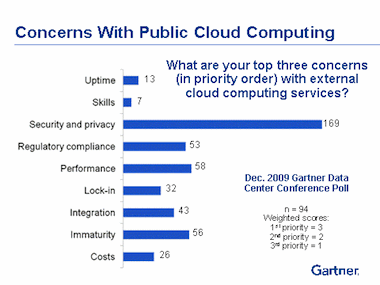Early last year I met with a notable Boston entrepreneur, fresh off the acquisition of his startup by a Fortune 100 company. Over a coffee in Cambridge we geeked out over cloud computing and internet security. One comment he made stuck in my head though: enterprises will never adopt public clouds. His conviction was rooted in a belief that large companies could never give up custody of their data.
I’ll confess to not being sure one way or another at the time, but looking back, realize he was reflecting the prevalent attitude toward public clouds at the time: anger. The 5 stages of enterprise cloud adoption (a.k.a. grief) are as follows:
- Denial - What cloud? Isn’t that just virtualization in data centers? We already do that today, so why would I need a cloud?
- Anger - Why does everyone keep talking about the cloud? This is just the Gartner hype cycle gone wild. Our applications could never run in a public cloud. But why is it I am seeing all these small purchases on expense reports from Amazon? They must be books, right?
- Bargaining - How could we put our private data in a public cloud? Even if we had internal sign off, regulations and compliance would make this impossible. We’d need new enterprise features from vendors - i.e. directory integration, private networks - before even considering a public cloud. Private clouds are the way to go.
- Depression - I know my company should be leveraging public clouds, but I’m not sure what strategy to execute, or even if we have the team to make this happen. Maybe I am the wrong person to be leading my company in the cloud.
- Acceptance - We have the strategy, team and budget to make this happen. The public cloud vendors have matured to have the features to support our needs. It’s time to go big in the cloud.
In the last several months, we transitioned from the 2nd (anger) to the 3rd (bargaining) stage of public cloud adoption. Whether I am walking the halls of Amazon, or talking with my account representative at Opscode, it seems the public cloud has arrived at the enterprise.
Related posts: Beginning of the End of Shadow IT, Defining a Cloud Reference Architecture, 2012: The Year of the Public Cloud
